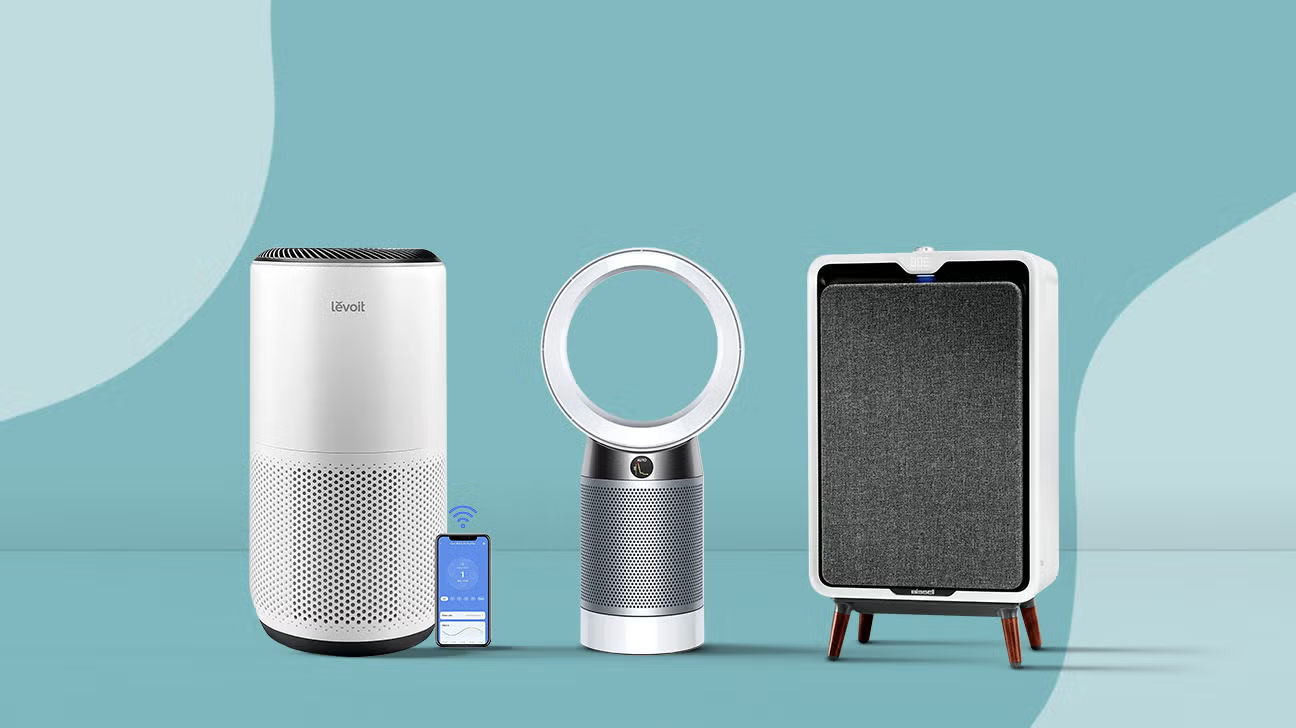
Allergies make life tough. Sneezing and itching are common. Indoor air quality matters greatly. Our homes often trap allergens. Pet dander, dust, and pollen hide. Mold spores also float around. An air purifier can really help. It cleans the air you breathe. This offers significant relief. Choosing the right one is key. Not all purifiers are equal. Understanding features helps your decision.
Indoor air quality matters greatly.
We spend so much time indoors. Our homes should be safe havens. But indoor air can be worse than outside. Allergens accumulate easily. Dust mites live in carpets and beds. Pet dander clings to everything. Pollen enters through windows and clothes. Mold thrives in damp spots. These irritants trigger reactions. Cleaner air means fewer symptoms. It makes a big difference.
It cleans the air you breathe.
Air purifiers draw in air. They pass it through various filters. These filters capture tiny particles. Allergens get trapped inside. The cleaned air then circulates. This reduces airborne irritants significantly. It helps create a healthier environment. Your lungs will thank you for it. It’s a proactive step for relief. Breathing becomes much easier.
Choosing the right one is key.
The market has many options. Prices vary widely too. Not all purifiers are equal. Some are better for specific allergens. Room size is a crucial factor. Filter type makes a big difference. Noise levels can be important. Energy efficiency saves money. Understand your needs before buying. Research features thoroughly. This ensures a wise investment.
Not all purifiers are equal.
Some purifiers only mask odors. Others use technologies not ideal for allergies. Many lack true HEPA filtration. This is essential for allergen removal. Some produce ozone, which harms lungs. Do your homework carefully. Read reviews from other allergy sufferers. Trust reputable brands and certifications. Quality truly matters here.
Understanding features helps your decision.
Knowing the specs is important. CADR ratings tell you performance. This stands for Clean Air Delivery Rate. It measures how fast air is cleaned. Higher CADR means faster purification. Look for a strong rating for your room size. Noise levels are measured in decibels. Consider filter replacement costs too. Smart features offer convenience.
CADR ratings tell you performance.
CADR is a vital metric. It reflects speed for pollen, dust, smoke. Each allergen has a separate rating. A higher number is always better. Match the CADR to your room’s square footage. An oversized unit is more effective. It cleans the air faster. It means fewer allergens remain airborne. Don’t overlook this important number.
Look for a strong rating for your room size.
A purifier’s power matches its space. A small unit in a large room fails. It won’t clean the air adequately. Check the manufacturer’s recommendations. They provide guidance on coverage area. Measure your room accurately first. Ensure the purifier is powerful enough. This maximizes its effectiveness. It truly impacts symptom relief.
HEPA filter is non-negotiable.
This is the most critical feature. A true HEPA filter captures tiny particles. It traps 99.97% of particles. These are as small as 0.3 microns. This includes pollen, dust mites, pet dander. Mold spores are also caught effectively. Without true HEPA, it’s not an allergy purifier. Look for “True HEPA” explicitly. Don’t settle for “HEPA-type” or “HEPA-like.”
This is essential for allergen removal.
Allergens are microscopic. They float easily through the air. A standard filter lets them pass. True HEPA’s dense fibers trap them. This physical barrier is unmatched. It effectively cleans your breathing space. It’s the gold standard for allergy relief. No other filter performs as well. It provides peace of mind too.
Activated carbon filter helps odors.
While HEPA tackles particles, odors need more. An activated carbon filter removes gases. It eliminates pet odors and smoke. It also tackles cooking smells. VOCs (volatile organic compounds) are captured. These are chemicals from household products. Look for a substantial carbon filter. A thin layer won’t be effective. It improves overall air freshness.
Consider placement carefully.
Where you put the purifier matters. Place it in the room you use most. Your bedroom is a top priority. Keep it away from walls and furniture. This allows for proper airflow. Don’t block its air intake or output. Position it near a common allergen source. This could be a pet bed. Strategic placement enhances performance.
Look for smart features if desired.
Modern purifiers offer extras. Smart models connect to Wi-Fi. You can control them via an app. Some have air quality sensors. They adjust fan speed automatically. Timers and sleep modes are convenient. Filter replacement indicators are helpful. These features add to ease of use. They can enhance the user experience. But they aren’t essential for core function.
Check filter replacement costs.
Filters need regular changing. This is an ongoing expense. Research how often filters need replacing. Check the cost of replacement filters. Some models have expensive filters. Factor this into your budget. Not changing filters reduces effectiveness. It can even recirculate allergens. This is a crucial long-term consideration.
Noise levels can be important.
Purifiers make noise when running. Fan speed affects decibel levels. Some models are very quiet. Others can be quite loud. Consider where it will be used. A bedroom needs a quieter unit. Check decibel ratings before buying. Read reviews about noise complaints. A loud unit might disrupt sleep. Comfort is part of the benefit.
Certifications offer reassurance.
Look for independent certifications. The AHAM Verifide mark is reliable. This indicates validated CADR ratings. ENERGY STAR certification saves power. It means the unit is energy efficient. These labels confirm performance claims. They provide an extra layer of trust. They show the product meets standards. Choose certified purifiers for peace of mind.
Regular maintenance is essential.
An air purifier needs care. Clean the pre-filter regularly. This extends the life of other filters. Replace HEPA and carbon filters as instructed. Ignoring maintenance reduces effectiveness. The unit won’t clean air well. It might even spread allergens. Follow the manual’s guidelines strictly. This ensures consistent clean air.
Choosing the best air purifier for allergies means prioritizing true HEPA filtration, considering CADR for room size, checking filter costs, and ensuring regular maintenance for cleaner, allergen-free air.
